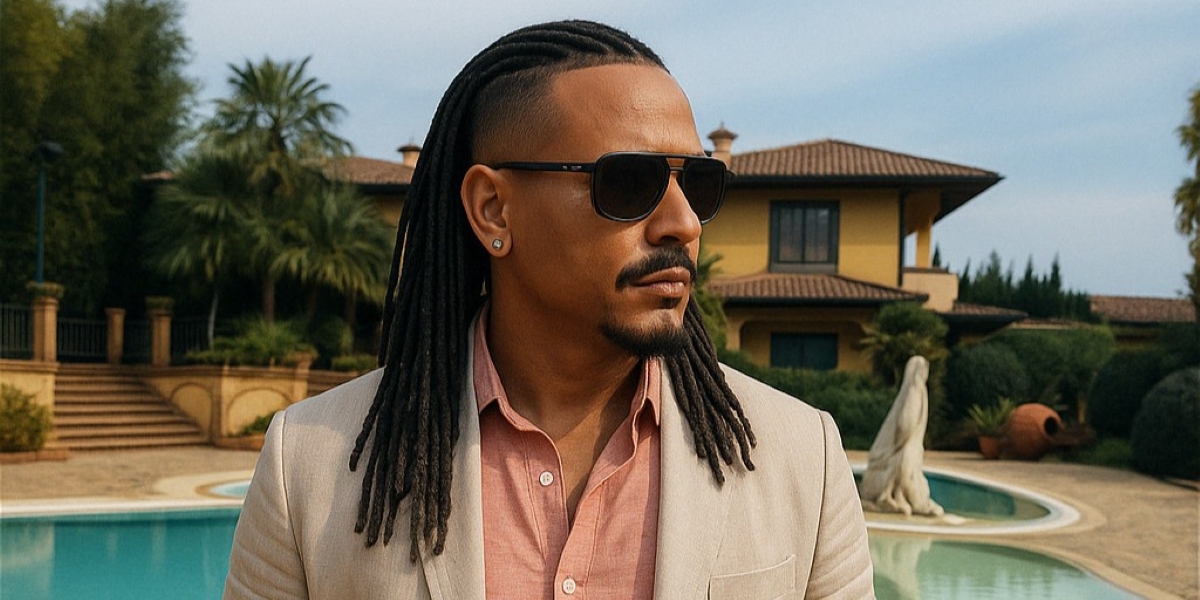Representation trends have increasingly shaped casting decisions in the entertainment industry. Over the past few decades, the push for diversity and inclusion in media has significantly influenced how characters are cast in television shows, movies, theater productions, and other forms of entertainment. Audiences have become more vocal about the need for accurate and varied portrayals of society, challenging traditional casting practices that have often been narrow or exclusionary.
As the conversation around representation continues to evolve, it has become clear that casting decisions are not only influenced by an actor’s talent but also by their ability to represent various identities and experiences. Understanding how representation trends affect casting requires examining the historical context, current shifts in societal expectations, and the ways in which the industry has responded to these demands.
Read also: Kidfluencers Redefining Celebrity Culture
Why Is Representation in Media Important for Casting?
Representation in media is significant because it reflects the diversity of the real world and allows people to see themselves in the stories being told. It provides an opportunity for individuals from different backgrounds, races, genders, and cultures to be depicted in ways that resonate with their lived experiences. For casting decisions, this means moving beyond the conventional portrayal of characters and seeking a broader range of actors who can authentically represent diverse identities.
Historically, casting choices were made based on the industry’s established norms, which often resulted in limited representation. Many groups, such as people of color, women, LGBTQ+ individuals, and people with disabilities, were either underrepresented or misrepresented in major roles. As societal attitudes have shifted toward valuing inclusivity and equality, casting decisions have followed suit, with greater attention to reflecting the full spectrum of human experience. The growing focus on representation is not just about offering roles to those who have been overlooked but also about telling stories that resonate with a more diverse audience.
How Do Gender Representation Trends Influence Casting Choices?
Gender representation has long been a central topic in casting decisions. Historically, many roles in both film and television have been centered around male characters, often sidelining female characters or limiting them to stereotypical roles. Over time, however, there has been a notable shift towards more balanced gender representation.
The growing trend toward diverse gender roles has led to a more nuanced approach to casting, particularly in terms of creating strong female characters who are not merely defined by their relationships to male counterparts. There is also a growing acknowledgment of the importance of gender fluidity in casting decisions. The inclusion of non-binary and transgender actors in roles that reflect their identities is gaining traction, although it remains an area requiring continued attention and growth.
For casting decisions, this evolving trend means expanding the types of roles that female and gender-diverse actors are considered for, as well as ensuring that the characters they portray reflect a more realistic and inclusive view of gender identity. As audiences demand more balanced and authentic portrayals of gender, casting decisions are increasingly influenced by the need to represent a broader spectrum of experiences.
What Role Does Racial and Ethnic Representation Play in Casting?
Racial and ethnic representation has perhaps been one of the most significant areas of focus in recent casting trends. For years, mainstream media was dominated by white actors, particularly in leading roles. People of color, particularly Black, Indigenous, and Latino actors, were often relegated to supporting roles or stereotypical characters. However, as social movements advocating for racial equality have gained momentum, there has been an increasing demand for more inclusive casting that better represents the racial diversity of society.
Casting directors are now more aware of the importance of selecting actors from diverse racial and ethnic backgrounds for a wide range of roles. This shift is seen not just in the demand for more diverse characters but also in the desire for stories that reflect the unique experiences and challenges faced by people from different racial and ethnic communities. As a result, casting decisions are increasingly being shaped by the need to reflect this diversity and accurately represent the lived experiences of these groups.
The move toward racial and ethnic diversity in casting has not been without challenges, as the industry continues to work through issues of tokenism and the meaningful inclusion of people of color in both leading and supporting roles. Nevertheless, representation trends suggest a growing recognition of the importance of racial diversity, influencing casting choices and encouraging the industry to move towards more inclusive practices.
How Do LGBTQ+ Representation Trends Affect Casting?
LGBTQ+ representation in casting decisions has also become an area of increased focus in recent years. Historically, LGBTQ+ characters were often portrayed in limited or stereotypical ways, and actors who identified as LGBTQ+ were frequently overlooked for roles in favor of their heterosexual counterparts. However, with increasing societal acceptance of LGBTQ+ rights and visibility in the media, casting trends have begun to shift.
Today, casting decisions increasingly prioritize the accurate representation of LGBTQ+ characters, not just in terms of the roles they play but also through the actors who portray them. Casting LGBTQ+ actors in LGBTQ+ roles has become a growing trend, as audiences and industry professionals alike recognize the importance of ensuring that the experiences of LGBTQ+ individuals are authentically portrayed.
This trend also extends beyond roles directly related to sexual orientation or gender identity. LGBTQ+ actors are now more frequently considered for a wider range of roles that do not specifically involve their identities but are rather based on the character’s traits, abilities, or story arc. As casting decisions continue to evolve, the hope is that LGBTQ+ representation will not only increase in quantity but also in quality, with more complex and diverse LGBTQ+ characters and stories being told.
How Do Disability Representation Trends Shape Casting?
Disability representation in media is an area that has historically been overlooked or misrepresented. Often, characters with disabilities were portrayed by able-bodied actors, which created a disconnect between the portrayal and the lived experiences of disabled individuals. As awareness of the need for more accurate disability representation grows, casting trends are slowly changing.
In recent years, there has been a push to cast actors with disabilities in roles that involve disabled characters, ensuring that the portrayal is authentic and relatable. This shift is important for both representation and providing opportunities for disabled actors to showcase their talents in roles that are reflective of their experiences. However, while there has been progress, disability representation in casting still faces challenges, including the underrepresentation of disabled actors in mainstream media and the reliance on non-disabled actors for many roles involving disability.
Casting decisions are increasingly being influenced by the recognition that actors with disabilities should have the same opportunities as any other actor, both in roles that depict disability and in roles that do not. This trend represents a growing understanding of the need for diverse and accurate portrayals of disability in the media, which can positively affect both the industry and society’s perception of disabled individuals.
What Are the Challenges of Achieving Full Representation in Casting?
While there have been significant strides in casting decisions that reflect diversity and inclusion, challenges remain. One of the main obstacles is ensuring that diversity is not just about filling quotas or adding token characters. True representation goes beyond appearance—it involves developing well-rounded characters whose experiences are deeply integrated into the narrative.
Another challenge is that representation in casting still does not always extend to all underrepresented groups equally. Despite progress in racial and gender representation, other marginalized communities, such as those from lower socio-economic backgrounds or individuals with disabilities, continue to face barriers in being cast in prominent roles. Additionally, issues of access, such as unequal representation in casting calls or limited opportunities for actors from disadvantaged backgrounds, remain persistent challenges.
Nevertheless, as trends continue to push for more inclusive casting decisions, the hope is that these efforts will lead to a more diverse and fair entertainment industry, where all individuals, regardless of their background, have the opportunity to be seen and heard.
Read also: Why Luxury Brands Fight for Celebrity Red Carpet Placements
How Will Representation Trends Continue to Shape Casting in the Future?
As societal attitudes continue to evolve, the influence of representation trends on casting decisions is likely to increase. Audiences, driven by a desire for more authentic portrayals of the world around them, will likely continue to demand a broader range of characters and stories. The industry may also see more diverse casting directors, producers, and creatives who can bring unique perspectives to the table and drive change from within.
Ultimately, the future of casting will likely see a continued commitment to creating roles that authentically represent the diverse range of identities, experiences, and voices that make up society. This shift will not only benefit actors but also enrich the stories being told, leading to more engaging and relevant content for audiences across the globe.








